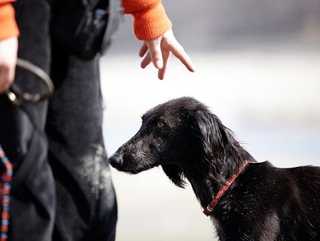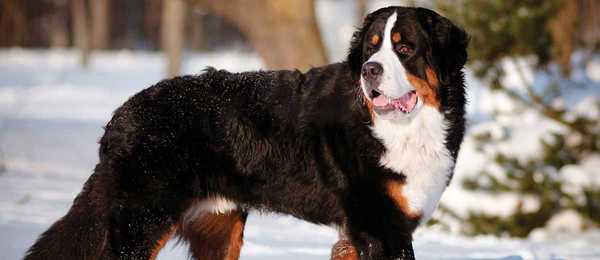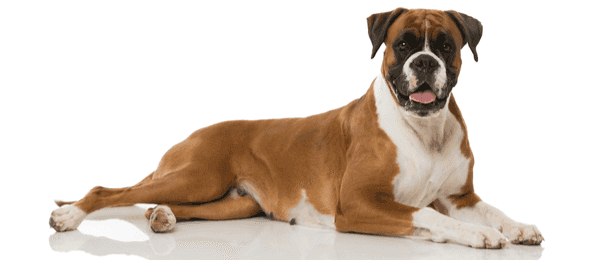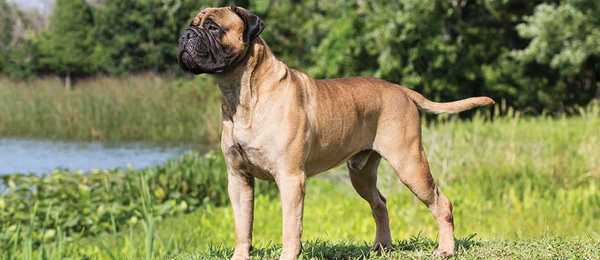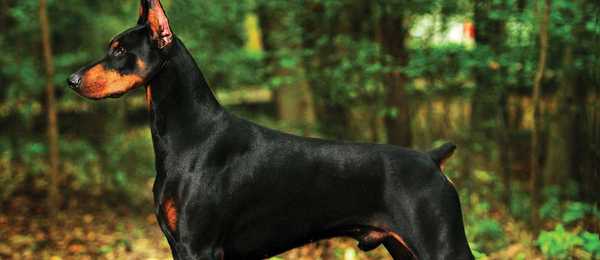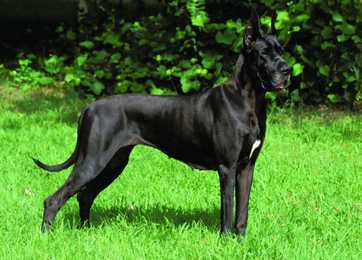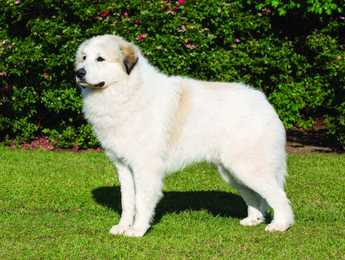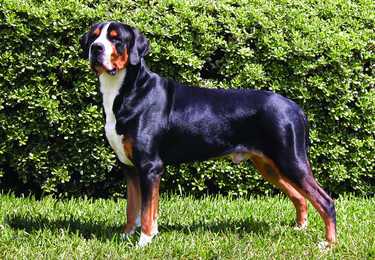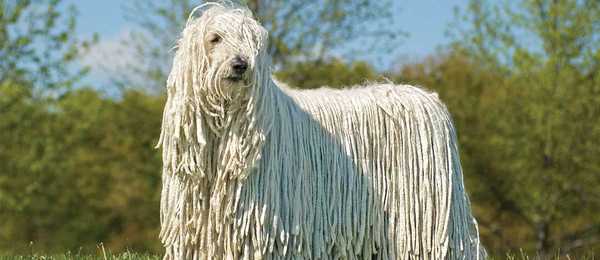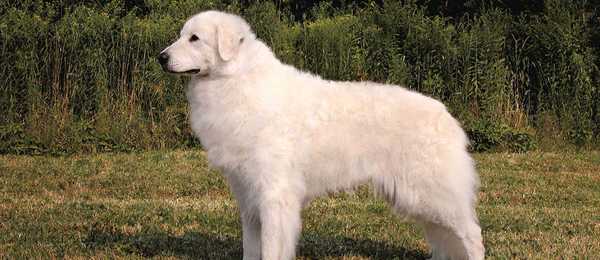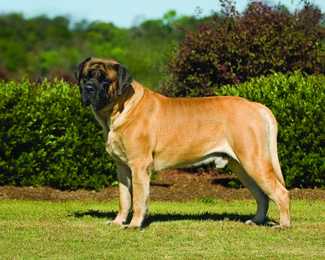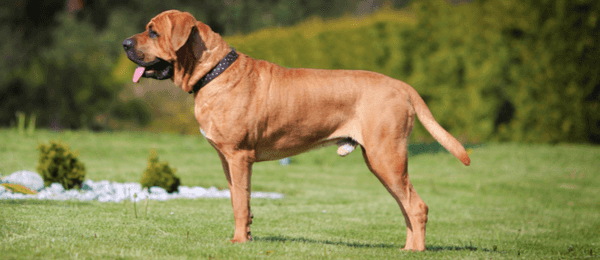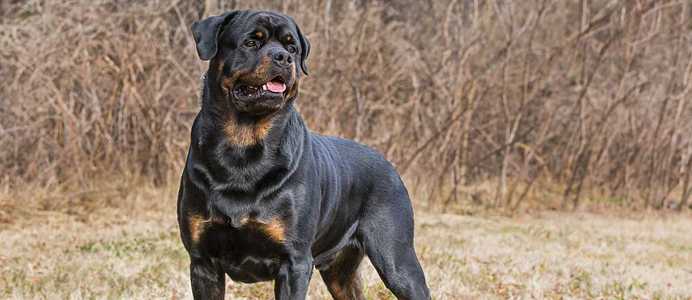
Traits and Characteristics
type
weight
height
family
The Rottweiler is a medium large breed, slightly longer than they are tall, and robust with a powerful, substantial build. Historically, they combine the abilities that were necessary for jobs that entail great strength, agility, and endurance. Their trot is sure and powerful, with strong reach and drive. Their coat is straight, coarse, and dense. Their muzzle is short enough for strength but long enough for proper breathing and cooling. Their expression reflects some of their best traits; noble, alert, and self-assured.
Ready to see what dogs fit you best? Take our short quiz to find out!
Energy Level
Exercise Requirements
Playfulness
Affection Level
Friendliness to Dogs
Friendliness to Other Pets
Friendliness to Strangers
Watchfulness
Ease of Training
Grooming Requirements
Heat Sensitivity
Vocality
Disclaimer: While the characteristics mentioned here may frequently represent this breed, dogs are individuals whose personalities and appearances will vary. Please consult the adoption organization for details on a specific pet.
Temperament
Confident, bold and alert, the Rottweiler can be a popular choice for households. As befitting their self-assured nature, Rottweilers can tend to be headstrong and stubborn. They can be reserved or guarded, toward strangers. They may be overly assertive if they perceive that their family is being threatened. They are a powerful breed that needs socialization, consistent training, and daily exercise.
Upkeep
The Rottweiler needs daily physical and mental activity, either in the form of long walks or jogs, or a vigorous game in a safe area, as well as training lessons. They typically enjoy cool weather and may become overheated in hot weather. Their coat care is minimal, consisting only of occasional brushing to remove dead hair.
Health
- Major concerns: CHD, elbow dysplasia, SAS, osteosarcoma
- Minor concerns: gastric torsion, hypothyroidism, allergies
- Occasionally seen: PRA, cataract, seizures, vWD, panosteitis, entropion, ectropion
- Suggested tests: hip, elbow, cardiac, eye, (vWD)
- Life span: 8–11 years
History
The Rottweiler’s ancestors were probably Roman drover dogs, responsible for driving and guarding herds of cattle as they accompanied Roman troops on long marches. At least one of these marches led to southern Germany, where some of the people and their dogs settled.
Throughout the succeeding centuries, the dogs continued to play a vital role as cattle drovers as well as provided protection from bears around what was to become the town of Rottweil (which is derived from red tile, denoting the red tile roof of the Roman baths that had been unearthed there in the eighth century). These dogs almost certainly mixed with various Sennehund (Mountain Dog) strains. Rottweil prospered and became a center of cattle commerce. Their dogs drove and guarded cattle and guarded the money earned by the cattle sales. With the advent of trains, cattle driving was outlawed, so the Rottweiler found a new job. So evolved the Rottweiler metzgerhund (butcher dog), an integral component in the town’s industry until the mid nineteenth century.
The Rottweiler was also used as a draft dog, but it was replaced by donkeys. With little need for this once vital breed, the Rottweiler fell into such decline that they were nearly lost. In 1905 there was only one female Rottweiler in Rottweil. With the realization that the breed was teetering near extinction, a club was formed in 1901 and set about to revive it. Even though the 1901 club was short-lived, it did formulate a breed standard. Two subsequent clubs were formed in 1907, one of which promoted the breed as a police dog. The two clubs merged in 1921. The breed continued to grow, and by 1931 had arrived in America and gained AKC recognition.
Rottweilers have since been used as a police, military, and even mountain rescue dog. The Rottweiler recovered from its brush with extinction to work their way to the second most popular breed in America by the early 1990s. Their popularity has since slightly decreased and they have found themselves in homes better suited to their needs.

